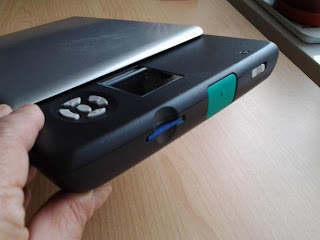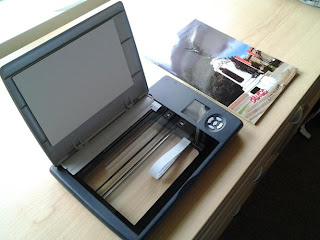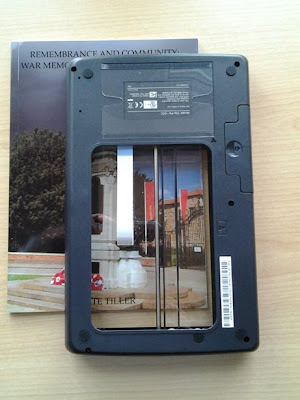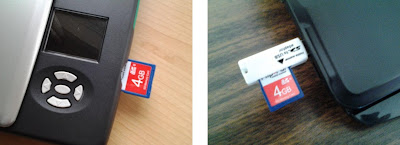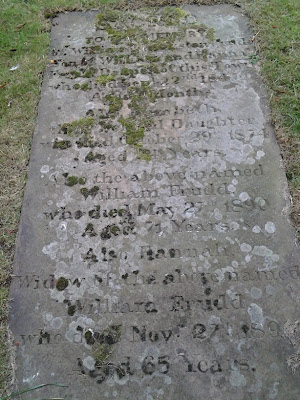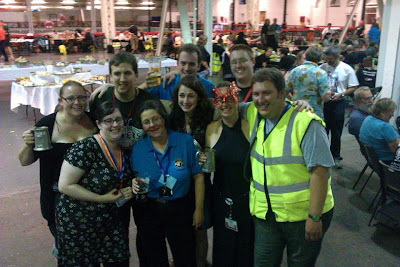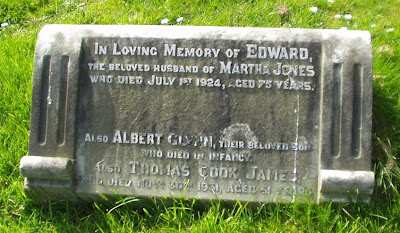Information on the project can be found here.
Today's prompt - the first one - was to write twenty different answers to the question "Who am I?". Bear in mind that my answers are a bit stream of consciousness as I thought that was the most honest way - and apparently the answers will change if you do the same exercise at a different point in your life.
I am a black clad middle-aged wannabe goth
I am an aspiring historian
I am a mum
I am a daughter
I am a wife
I am a techie geek
I am a heavy rock fan
I am a real ale drinker - but I like wine too
I am a science fiction fan
I am an avid reader
I am a friend
I am a trouble-maker
I am a perfectionist
I am/was a radiographer - but I've still got the certificate!
I am over 50
I am NOT vegetarian - but the OH is.
I am disabled - but I look OK about 75% of the time.
I am a gardener
I am paranoid about not upsetting the neighbours
I am skint - but not destitute
I think that has exhausted the topic for today. Facebook is currently very busy and proving very apropos on the 'friends' front while I am playing with my new Flip Pal scanner (tech) scanning pictures of family and history which also feature in the list. Oh and I've got a glass of wine, but I am at my mum's so I didn't buy it.
I am a heavy rock fan
I am a real ale drinker - but I like wine too
I am a science fiction fan
I am an avid reader
I am a friend
I am a trouble-maker
I am a perfectionist
I am/was a radiographer - but I've still got the certificate!
I am over 50
I am NOT vegetarian - but the OH is.
I am disabled - but I look OK about 75% of the time.
I am a gardener
I am paranoid about not upsetting the neighbours
I am skint - but not destitute
I think that has exhausted the topic for today. Facebook is currently very busy and proving very apropos on the 'friends' front while I am playing with my new Flip Pal scanner (tech) scanning pictures of family and history which also feature in the list. Oh and I've got a glass of wine, but I am at my mum's so I didn't buy it.


